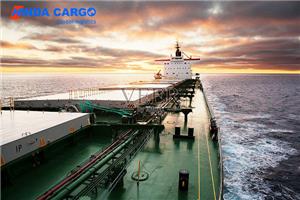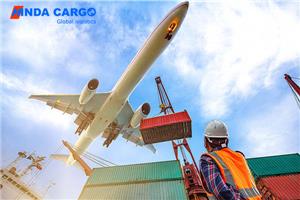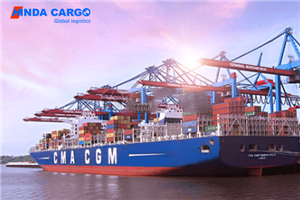What are the international trade terms for sea transportation?
In international freight, sea transportation is one of the most commonly used modes of transportation, and understanding and correctly using international trade terms (Incoterms) is the key to ensuring the smooth transportation of goods. International trade terms are formulated and regularly updated by the International Chamber of Commerce (ICC) to unify the division of responsibilities, costs and risks between buyers and sellers in global trade.
This article will introduce the common international trade terms in sea transportation and their specific meanings to help companies and trade practitioners better master and apply these terms.
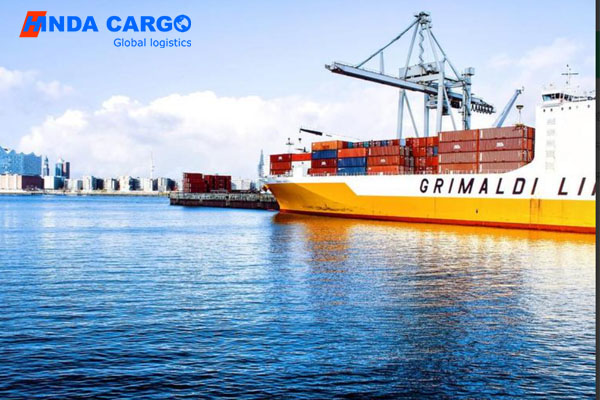
What are the international trade terms for sea transportation?
8 major international trade terms for ocean shipping:
1. EXW (Ex Works),
2. FOB (Free On Board),
3. CFR (Cost and Freight),
4. CIF (Cost, Insurance and Freight),
5. CPT (Carriage Paid To),
6. CIP (Carriage and Insurance Paid To),
7. DAP (Delivered At Place),
8. DDP (Delivered Duty Paid).
1. EXW (Ex Works):
Under the EXW term, the seller delivers the goods to the buyer at his factory or warehouse, which means the delivery is completed. The buyer bears all costs and risks from the seller's location, including shipping, insurance, export customs clearance and import customs clearance. This term has the least responsibility for the seller, but the buyer needs to bear more responsibilities and costs.
● Example: A company manufactures machinery in China and sells it to a buyer in Dubai on EXW terms. After the seller delivers the equipment to the buyer at its factory, the buyer is responsible for all transportation, insurance and customs clearance.
2. FOB (Free On Board):
Under FOB terms, the seller delivers the goods when the goods are loaded onto the ship designated by the buyer at the designated port of shipment. The seller bears all costs and risks before the goods are loaded, including export customs clearance. The buyer bears all costs and risks from loading, including ocean freight, insurance and import customs clearance.
Example: A Chinese electronics company sells a batch of goods to a US customer on FOB terms. The seller is responsible for loading the goods onto the designated ship at the port of Shanghai and completing export customs clearance. After the goods are loaded, all costs and risks are borne by the buyer.
3. CFR (Cost and Freight):
Under CFR terms, the seller bears all costs before the goods arrive at the destination port, including ocean freight, but the risk is transferred to the buyer when the goods are loaded. The buyer bears all risks from the time of shipment, as well as costs after the destination port, including import customs clearance and inland transportation.
● Example: An Indian chemical company sells its products to a German customer under CFR terms. The seller is responsible for paying the ocean freight from the Indian port to the German port, but after the goods are loaded, all risks are borne by the buyer.
4. CIF (Cost, Insurance and Freight):
Under CIF terms, the seller bears all costs before the goods arrive at the destination port, including ocean freight and minimum insurance premium. Risk is transferred to the buyer at the time of shipment, and the buyer bears all risks from the time of shipment and costs after the destination port, including import customs clearance and inland transportation.
● Example: A Japanese auto parts company ships goods to France under CIF terms. The seller is responsible for paying ocean freight and insurance, but after the goods are loaded, the risk is borne by the buyer.
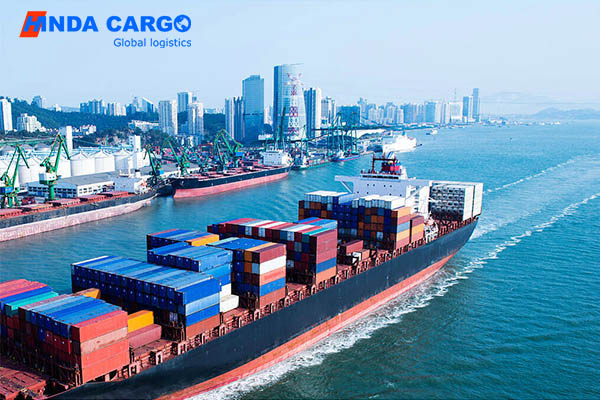
5. CPT (Carriage Paid To):
Under CPT terms, the seller bears all costs before the goods arrive at the designated destination, including transportation costs. However, the risk is transferred to the buyer when the goods are handed over to the carrier. The buyer bears all risks from the carrier and the costs after the destination.
● Example: A Korean electronics company exports products to Brazil under the CPT terms. The seller is responsible for the transportation costs of the goods to the Brazilian port, but the risk is borne by the buyer after the goods are handed over to the carrier.
6. CIP (Carriage and Insurance Paid To):
Under the CIP terms, the seller bears all costs before the goods are shipped to the designated destination, including transportation costs and minimum insurance premiums. The risk is transferred to the buyer when the goods are handed over to the carrier. The buyer bears all risks from the carrier and the costs after the destination.
● Example: A German machinery manufacturing company ships equipment to Australia under the CIP terms. The seller is responsible for the transportation costs and insurance premiums, but the risk is borne by the buyer after the goods are handed over to the carrier.
7. DAP (Delivered At Place):
Under the DAP terms, the seller delivers the goods to the buyer at the designated destination. The seller bears all costs and risks during transportation, including transportation, insurance, and delivery at the destination. The buyer is responsible for import customs clearance and costs after destination.
● Example: An Italian furniture company ships furniture to a US customer's warehouse under the DAP term. The seller is responsible for all transportation and insurance costs and delivers the goods to the buyer's warehouse. The buyer is responsible for import customs clearance.
8. DDP (Delivered Duty Paid):
Under the DDP term, the seller bears all costs and risks before the goods are shipped to the designated destination, including transportation, insurance, export customs clearance and import customs clearance costs. The seller bears the greatest responsibility and the buyer only needs to receive the goods at the destination.
● Example: A French cosmetics company exports its products to China under the DDP term. The seller is responsible for all transportation, insurance, customs clearance and related costs and delivers the goods to the buyer's designated location. The buyer only needs to receive the goods.
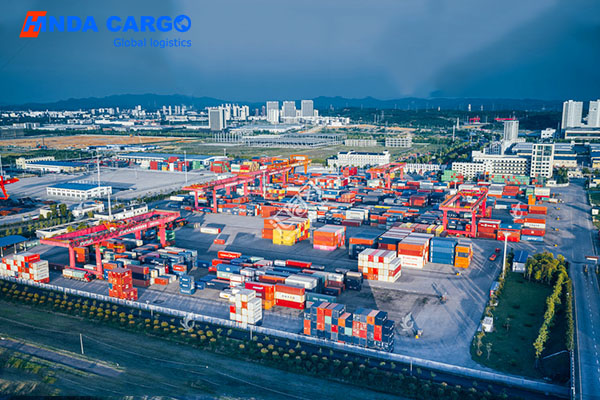
Detailed analysis and application of the 8 major international trade terms for sea transportation
1. EXW (Ex Works):
Under the EXW term, the seller has the least responsibility and the buyer has the greatest responsibility. The buyer needs to arrange the entire transportation process from the seller's factory to the destination and is responsible for all related costs and risks. This term is suitable for buyers who are capable of handling transportation and customs clearance independently.
2. FOB (Free on Board):
FOB term is commonly used in sea and inland waterway transportation. The seller is responsible for loading the goods on the designated ship and completing export customs clearance. The buyer bears all risks and costs from loading. FOB term is suitable for buyers who are capable of handling import customs clearance and inland transportation.
3. CFR (Cost and Freight):
Under CFR term, the seller is responsible for paying the freight to the destination port, but the risk is transferred to the buyer at the time of loading. The buyer needs to bear the costs and risks after the destination port. CFR is suitable for situations where the seller is willing to bear the freight, but the buyer is willing to bear the marine risks.
4. CIF (Cost, Insurance and Freight):
CIF term is widely used in sea and inland waterway transportation. The seller not only pays the freight, but also pays the minimum insurance premium. The buyer needs to bear the risks after loading and the costs after the destination port. CIF is suitable for situations where the seller wants to provide basic insurance for the goods, but is unwilling to bear the marine risks.
5. CPT (Carriage Paid To):
Under the CPT term, the seller pays the freight to the designated place, but the risk is transferred to the buyer when it is handed over to the carrier. CPT is applicable to all modes of transport and is suitable for situations where the seller is willing to pay the freight, but the buyer is willing to bear the risks during transportation.
6. CIP (Carriage and Insurance Paid To):
The CIP term is similar to CPT, but the seller also needs to pay a minimum insurance premium. Applicable to all modes of transport, the seller pays the freight and insurance, and the buyer bears the risks after the carrier receives the goods.
7. DAP (Delivered at Place):
Under the DAP term, the seller is responsible for all costs and risks of transportation to the designated place. The buyer is responsible for import customs clearance and costs after destination. DAP is suitable for situations where the seller is willing to bear the transportation and insurance costs, but the buyer is responsible for customs clearance.
8. DDP (Delivered Duty Paid):
The DDP term is the term with the greatest seller responsibility. The seller bears all costs and risks of transportation, insurance, export customs clearance and import customs clearance. The buyer only needs to receive the goods at the destination. DDP is applicable when the seller is willing to assume all responsibilities.

